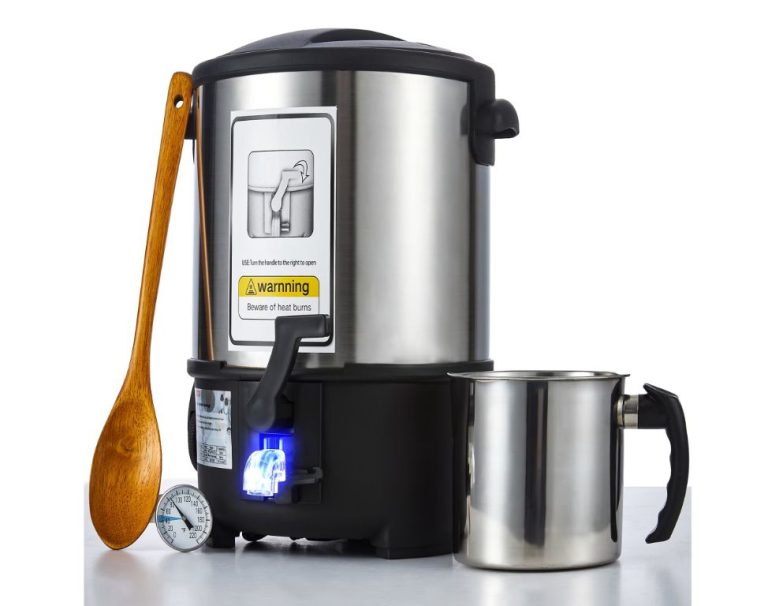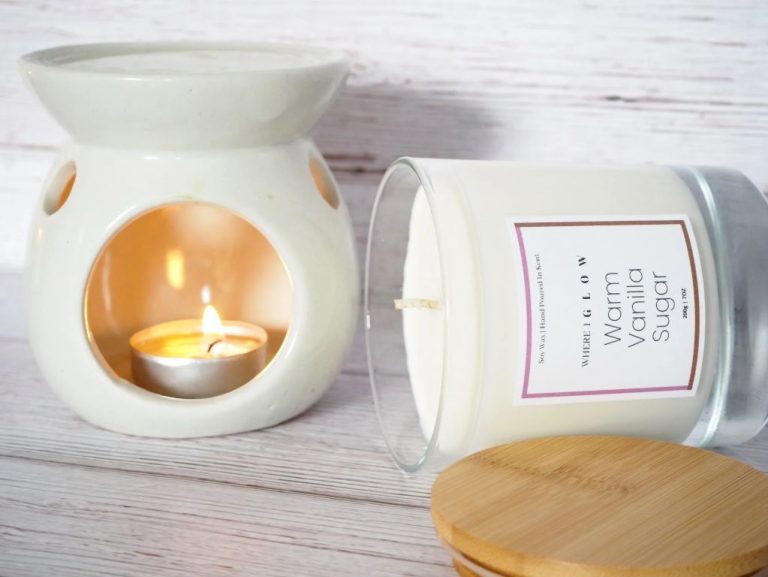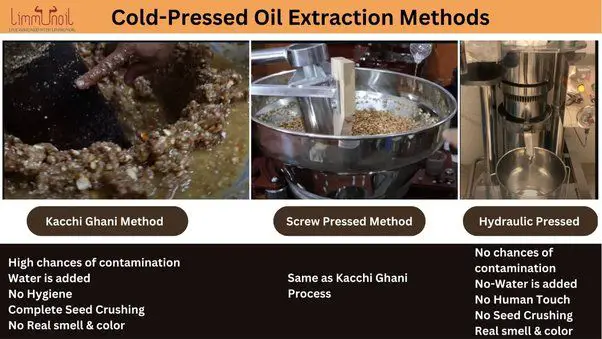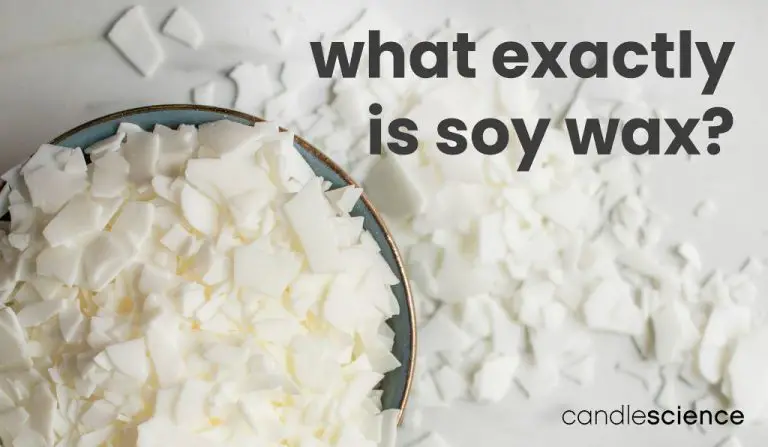What Can You Make Candles Out Of Besides Wax?
A candle is a manufactured solid block of wax with an embedded wick that provides light through the flame from slow combustion. Candles are traditionally made from paraffin wax or beeswax, which is melted and then poured into molds to create the desired shape.
Beeswax and paraffin wax have been the most commonly used materials for candle making for centuries. Beeswax is harvested from beehives while paraffin wax is a petroleum byproduct. Both burn cleanly and provide a beautiful ambient glow.
However, there are many other potential materials that can be used to make candles besides just wax. This article will explore some of the unique and innovative options for candle making materials beyond traditional waxes.
Animal Fats
Animal fats like tallow, beeswax, and butter or ghee can all be used to make candles. Tallow is rendered animal fat, often from cattle, sheep, or deer. It has a long history of use in candlemaking, especially in the fabrication of chandles in England during the 1800s. Tallow has a high melting point and produces a candle that burns slowly and evenly without producing much smoke or wax drippings. It was used extensively before being replaced by paraffin in the late 1800s.
Beeswax is another animal wax that comes from honeycomb produced by honey bees. It can be used on its own or blended with other waxes to make candles. Beeswax candles have a lovely natural honey scent and burn brighter than many other waxes. The drawback is beeswax is relatively expensive compared to other candlemaking materials.
Butter and ghee (clarified butter) are softer animal fats that can also be used to make candles. They produce a candle with a nice glow and scent. However, butter and ghee candles tend to burn faster than harder waxes and may produce more soot.
Vegetable Oils
Vegetable oils like soybean, palm, and coconut oils make excellent candle wax substitutes. They are natural, renewable, and environmentally friendly. Here are some details on using common vegetable oils for candle making:
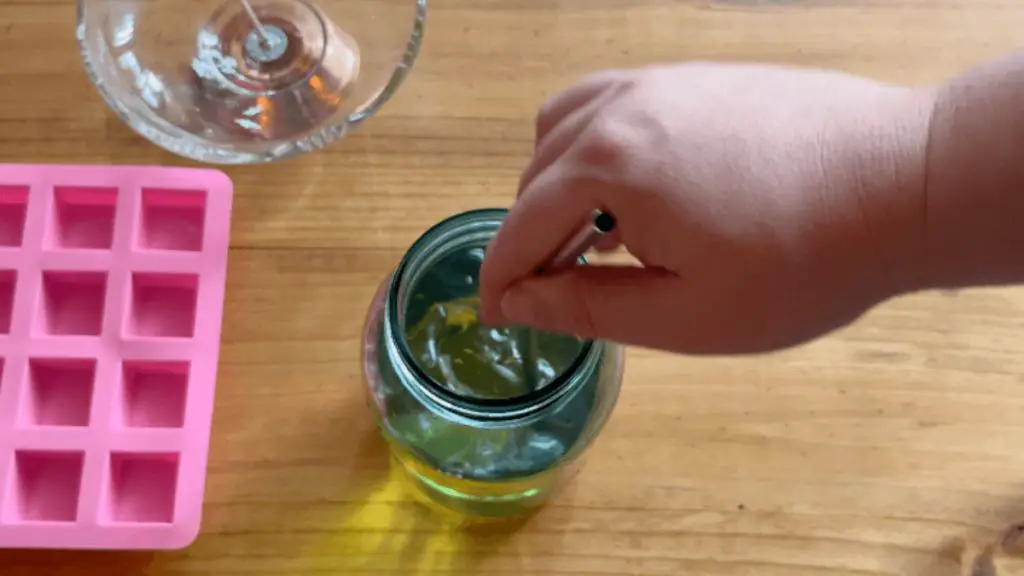
Soy Wax
Refined soy wax burns cleanly, doesn’t release scent-distorting soot, and holds fragrance oils well. It has a natural golden color and produces hard, long-lasting candles. Soy wax has a high melting point around 125-160°F, making it suitable for container candles. It may need to be blended with other waxes to work in pillar or votive candles.
Palm Wax
Palm wax comes from the palm oil plant and is hard, opaque, and creamy-white. It holds scent nicely and produces solid candles with a high melting point. Palm wax burns slowly and cleanly. It may be combined with soy wax or paraffin to modify the melting point and clarity. Palm wax works well for container, pillar, or votive candles.
Coconut Wax
Coconut wax comes from coconut oil. It has a sweet, tropical aroma when unscented. Coconut wax holds more fragrance oil than most waxes, produces a bright white candle, and sets up quickly with a smooth surface. It has a low melting point so works best for container candles or when blended with other waxes. Coconut wax burns slowly and cleanly without releasing soot.
Paraffin
Paraffin wax is a petroleum byproduct made from crude oil. It has a low melting point which makes it easy to work with for candle making (source: https://www.candlescience.com/wax/paraffin-wax/). Paraffin wax is odorless, colorless, and inexpensive, making it a popular choice for candle making. It is also known for producing candles with excellent scent throw.
Compared to natural waxes like soy, beeswax, and coconut wax, paraffin has some drawbacks. Paraffin releases more soot and smoke when burning which can dirty candle jars and home interiors. Some also find the source of paraffin – crude oil – to be less sustainable than renewable natural waxes. However, paraffin remains an excellent wax for candle making due to its low cost, versatile melting properties, and great fragrance retention (source: https://carmelindustries.com/blogs/all-blogs/how-to-make-your-own-paraffin-wax-candles-at-home).
Gelatin
Gelatin can be used to create transparent, crystal clear candles that have a nice glow when lit. To make candles out of gelatin, you’ll need unflavored gelatin powder, corn syrup or glycerin, and essential oils or candle fragrance oils for scent (optional).
Mix 1 packet of unflavored gelatin (about 1 tablespoon) with 1/4 cup of boiling water and stir until dissolved. Then add 3/4 cup of corn syrup or glycerin and mix well. For scented candles, add 5-10 drops of essential oils or fragrance oils at this point. Carefully pour the gelatin mixture into a candle mold or glass container. Allow to fully set at room temperature overnight before removing the candle from the mold.
Gelatin candles burn slower than traditional wax candles, with an estimated burn time of up to 20 hours. The gelatin gives a nice crystal clear look that amplifies the candle flame’s glow.
For best results, make sure to use odorless and tasteless gelatin. Avoid using flavored gelatin, as this can alter the look and smell of the candle. Gelatin candles work best in small, glass containers, where their transparent appearance can be shown off. Stay away from metal containers, as the gelatin can react with the metal. Store gelatin candles in a cool, dry place or the refrigerator to help prolong their shelf life. Handle gelatin candles gently, as they are more delicate than regular wax.1
Beeswax Blends
One popular option for candlemaking is to blend beeswax with other oils like coconut oil, palm oil, or soy wax. According to Root Candles, their beeswax blend votives use a proprietary blend of beeswax, vegetable wax, palm oil, and soy wax to achieve a long 20 hour burn time. Blending beeswax allows candlemakers to customize the properties of their candles.
The ratio of beeswax to other oils can be adjusted to modify burn time, aroma, color, and texture. More beeswax will result in a firmer candle while more oil makes a softer candle. Essential oils are commonly added as well for fragrance. There are many recipes online for beeswax blends using coconut oil, soy wax, palm oil, and essential oils. The optimal blend depends on the type of candle and desired characteristics.
Overall, blending beeswax with other natural oils is a popular option as it allows for customization and experimentation to achieve the perfect candle properties.
Concrete
Concrete can be a unique material for candle making. It allows crafters to create sturdy, industrial designs unlike traditional candles. Concrete is especially popular for geometric and artsy candle holders.
The concrete mixture helps cement wicks into place so they stand upright while the concrete cures. Makers often use items like chopsticks to create interesting shapes within the concrete as it hardens (MadeByBarb, 2023). This allows for artistic, one-of-a-kind designs.
Concrete candle projects require specific materials like Quikrete or other concrete mixes rated for crafting. Makers also need candle wicking, vessels to hold the concrete like plastic cups or PVC pipes, and mold-shaping tools. The concrete cures in 24-48 hours before the candle is ready for burning (MadeByBarb, 2023).
Rock Salt
Rock salt is an interesting alternative to wax for candle making. With its crystalline structure, rock salt can be molded into various shapes and forms to create unique and visually appealing candles. The salt crystals naturally adhere to one another, allowing you to hand-shape salt candles without the need for any additional binding agent.
Shaping rock salt is similar to sand art. Simply wet the salt crystals slightly to help them stick together, then pack the damp salt into a container or mold of your choice. Many people use tin cans, mugs, and other candle holders as makeshift molds. Let the salt dry completely before removing from the mold. You can create pillars, geometric shapes, numbers, letters, and more. The salt will harden as it dries.
Rock salt comes in an array of vivid colors, like orange, pink, blue, and purple. You can layer the different hues while shaping to create striped or ombre effects. Sprinkling in a few crystals after molding also makes a fun garnish. The colors shine when the candle is lit.
Freezing
One unique way to make candles without wax is by freezing oils like olive oil or coconut oil. Oils normally remain in a liquid state at room temperature, but they can be frozen into a solid candle form. Here’s how to make frozen olive oil candles:
Start by pouring olive oil into a freezer-safe container like a milk carton or aluminum mold. Add a wick by inserting it into the center while the oil is still liquid. Place the container in the freezer overnight until the olive oil has completely solidified into a frozen solid state. Remove the frozen candle from the mold and you have a wax-free olive oil candle ready to burn! The candle will melt and burn just like regular wax candles.
The benefit of frozen oil candles is that they don’t contain any wax or paraffin. Olive oil, coconut oil, and other plant-based oils burn cleanly without producing excess smoke or soot like paraffin candles sometimes do. The oils also impart a light, natural fragrance. Drawbacks are that frozen candles may burn more quickly and have a shorter lifespan than traditional wax candles. But they provide a creative wax-free alternative using all-natural ingredients.[Source]
Conclusion
In summary, there are many creative alternatives to traditional wax candles. Vegetable oils, animal fats, paraffin, beeswax, gelatin, concrete, rock salt, and freezing water can all be used to make unique and artistic candles. From elegant concrete votives to ice luminaries, experimenting with different candle materials allows for self-expression and innovation.Get creative with homemade candles, and discover novel ways to shape, color and scent your homemade candles. With some imagination and the proper wicking, almost any material can become candle fodder.

